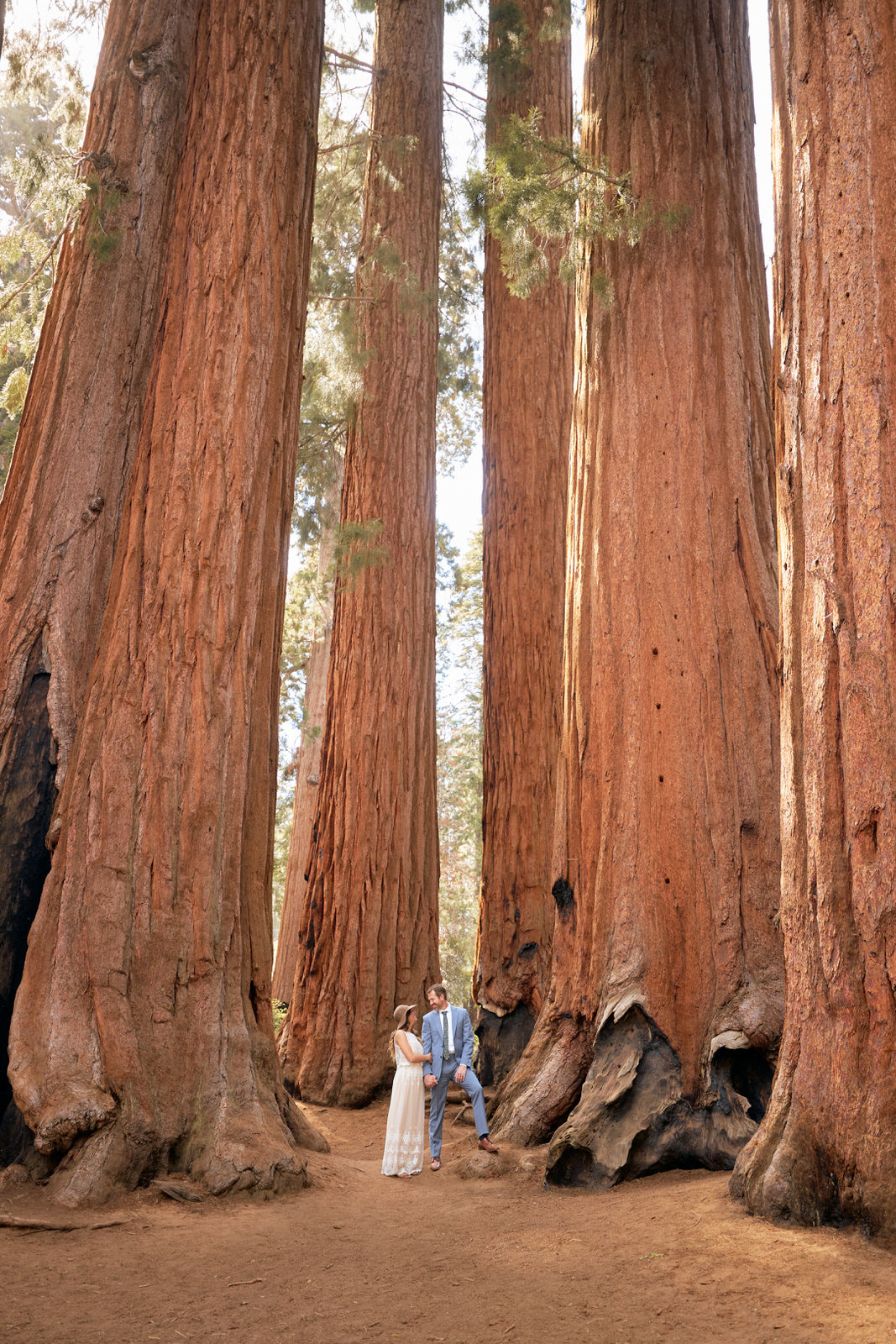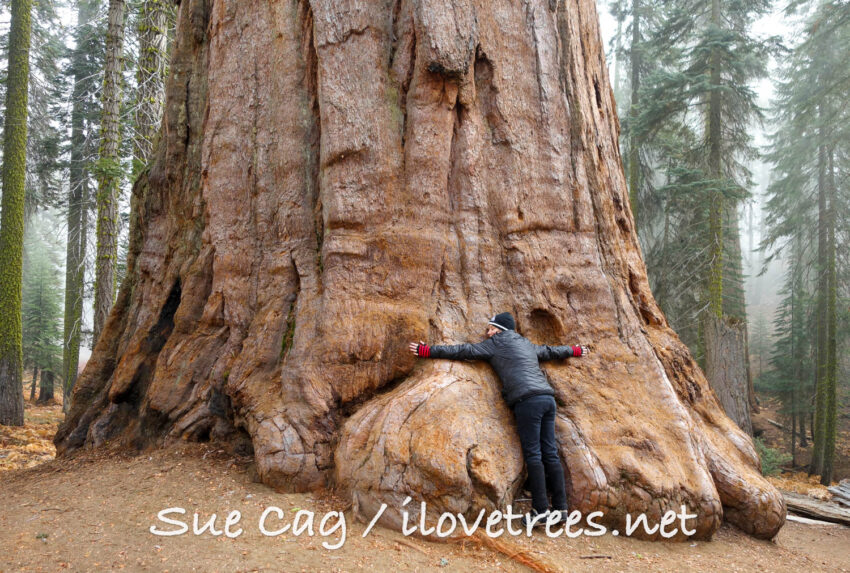Sequoia National Park Map-- Browsing the Titan Trees and Trails
Sequoia National Park Map-- Browsing the Titan Trees and Trails
Blog Article
Explore the Diverse Wildlife Habitats Within Sequoia National Forest
Sequoia National Park is an environmental prize, showcasing a remarkable array of wildlife habitats that add to its rich biodiversity. From the majestic gigantic sequoia forests to the varied towering fields, each setting plays a crucial duty in sustaining various varieties, including both usual and uncommon animals. The interaction of these habitats not just promotes a special ecosystem yet also emphasizes the significance of conservation initiatives in maintaining this balance. As we check out the specific features of these environments, appealing questions occur regarding the interconnectedness of life within this exceptional landscape.
Introduction of Sequoia National Park
Sequoia National forest, nestled in the southern Sierra Nevada range of mountains of The golden state, is renowned for its impressive landscapes and towering large sequoias. Established in 1890, it is one of the earliest national forests in the USA, devoted to protecting the natural appeal and eco-friendly stability of this distinct region. The park incorporates over 404,000 acres of diverse terrain, featuring stunning mountains, deep canyons, and rich meadows.

Site visitors can discover many treking tracks, ranging from leisurely walks to difficult backcountry courses, each offering an one-of-a-kind point of view of the park's grandeur. With its combination of natural marvels and leisure chances, Sequoia National forest offers as an essential sanctuary for both wildlife and those seeking to get in touch with nature.

Major Wildlife Habitats
The diverse landscapes of Sequoia National forest create a mosaic of wild animals environments that sustain a rich selection of types. These habitats range from lush meadows and thick forests to rough alpine areas and expansive river valleys, each providing distinct eco-friendly specific niches.
One famous environment is the large sequoia woodland, defined by towering trees and an abundant understory, which supports different creatures, birds, and bugs. The combined conifer forests, composed of varieties such as sugar yearn and white fir, deal added shelter and food sources for wild animals.
Meadows and meadows play an important role in the park's communities, functioning as crucial foraging premises for herbivores like deer and tiny mammals. These open areas additionally draw in diverse bird varieties, specifically during migration periods.
The park's higher elevations include alpine environments, where problems are severe and varieties are adjusted to endure in such extremes (Sequoia National Park hour). Here, one can discover unique flora and fauna that flourish in rocky, cold atmospheres
Flora and Animal Variety
Within the diverse ecological communities of Sequoia National Park, an amazing variety of plants and fauna coexists, showcasing the elaborate connections that maintain the park's biodiversity. The park is home to over 1,300 plant species, including the iconic gigantic sequoias, which are amongst the biggest and earliest trees in the world. These majestic trees give essential environment and food resources for numerous wildlife, cultivating a complex internet of eco-friendly interactions.
Animal species in Sequoia National forest are equally varied, with environments varying from lowland foothills to high towering environments. Creatures such as black bears, mule deer, and bobcats flourish in this rich community, while avian varieties, including the majestic gold eagle and the evasive discovered owl, elegance the skies. Amphibians and reptiles, like the Sierra amphibian and the western rattlesnake, likewise play important functions in keeping environmental balance.
The park's one-of-a-kind combination of altitude gradients and microclimates sustains these diverse types, highlighting the relevance of protecting the natural environments that permit such an abundant tapestry of life to prosper. Understanding this variety is essential for appreciating the ecological value of Sequoia National forest.
Preservation Initiatives in the Park
Conservation efforts in Sequoia National Park play an important duty in safeguarding its distinct ecological communities and the diverse types that occupy them. The park utilizes a diverse approach, consisting of habitat restoration, types keeping track of, and invasive varieties monitoring. These campaigns are crucial for preserving the delicate balance of the park's ecological communities, which include giant sequoias, meadows, and alpine settings.
Active restoration tasks focus on reestablishing indigenous plant communities and restoring degraded environments. Sequoia National Park hour. This is especially important in areas influenced by human activity or natural disturbances such as wildfires. The park's biologists conduct routine surveillance of essential types, consisting of the jeopardized Sierra Nevada bighorn sheep, to evaluate population wellness and educate management techniques
Invasive varieties present a significant hazard to the park's biodiversity. Through these comprehensive efforts, Sequoia National Park aims to safeguard its rich natural heritage for future generations while ensuring the resilience of its diverse wild animals habitats.
Tips for Wildlife Monitoring
Observing wildlife in Sequoia National forest supplies a distinct possibility to connect with nature and appreciate the varied types that prosper in this impressive habitat. To maximize your wildlife monitoring experience, consider numerous important tips.
First of all, strategy your see during morning or late afternoon, as these times are most energetic for several animals. Bring field glasses to observe wild animals from a risk-free distance without disrupting their natural habits. Furthermore, acquaint yourself with the varieties you wish to see; recognizing their habits and habitats can boost your possibilities of detecting them.
Persistence is vital; wild animals monitoring often requires waiting quietly and understanding your environments. Remain on assigned routes to lessen your influence on the ecosystem and ensure your safety. It is additionally a good idea to keep a respectful distance from pets, avoiding any actions that can worry them or disrupt their atmosphere.
Lastly, think about signing up with led trips led by knowledgeable park rangers. These experts can give important understandings and boost your chances of experiencing wildlife in their all-natural settings. By adhering to these tips, you can enhance your experience and add to the conservation of Sequoia's wild animals.

Final Thought
Sequoia National forest offers as an essential shelter for varied wildlife, showcasing an exceptional range of habitats that sustain numerous species. The interaction in between giant sequoia forests, blended conifer timberlands, meadows, and towering regions find more info cultivates an abundant eco-friendly tapestry. Recurring conservation initiatives are vital for preserving these environments and the special plants and fauna that occupy them. Inevitably, the park's biodiversity underscores the value of keeping such natural landscapes for future generations.
Please visit one of our local supporters - Wholesale Liquidation Pallet 1riginal Nike Shoes
Report this page